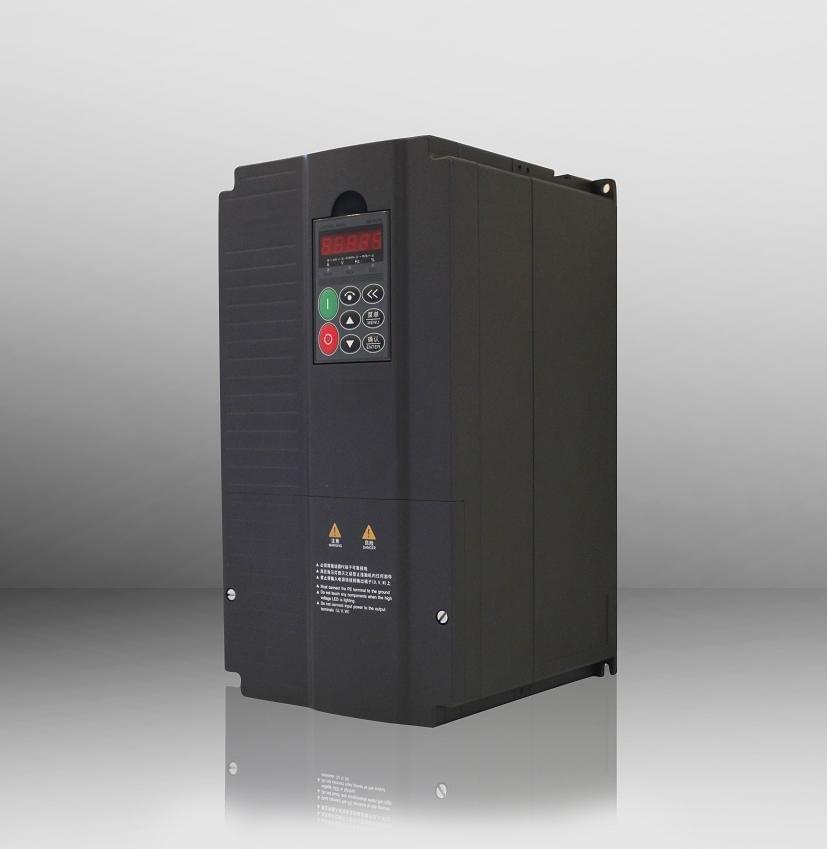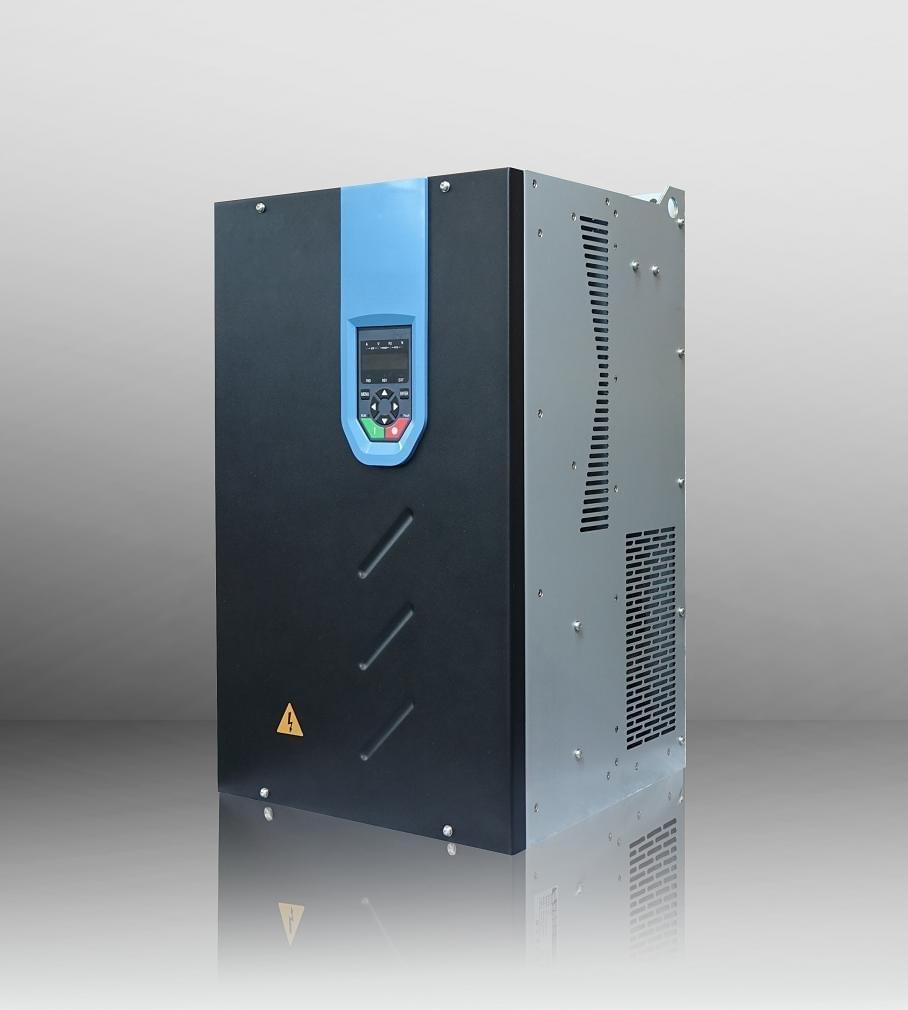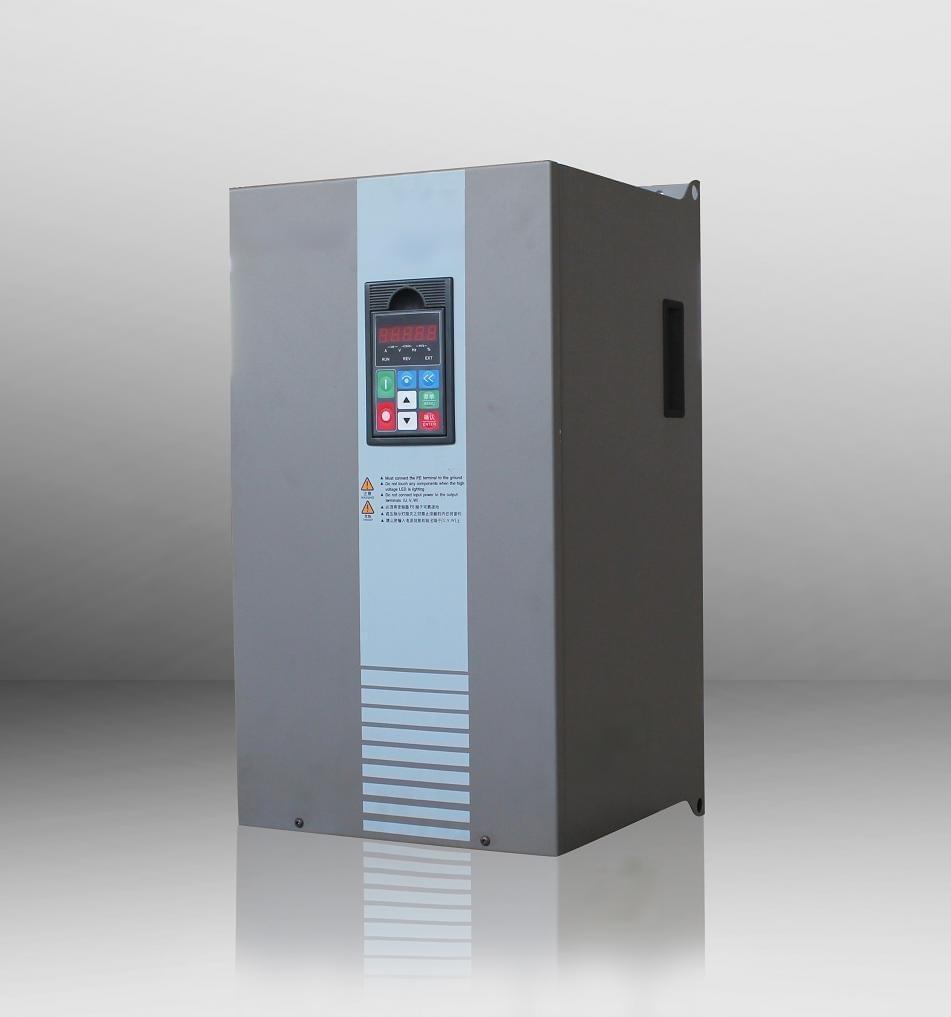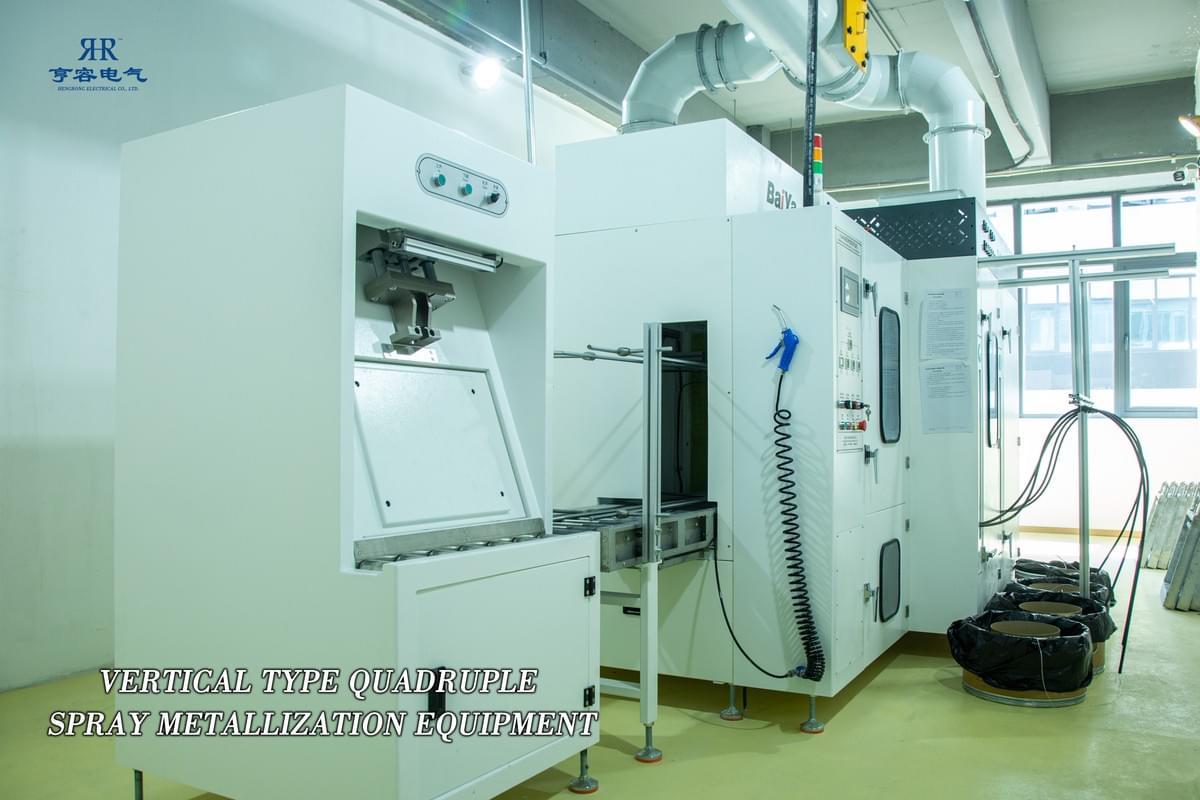In deep-sea oil and gas development, Floating Production Storage and Offloading (FPSO) units are increasingly integrating wind power to reduce carbon emissions and reliance on traditional fuel-based generation. However, wind power intermittency and high penetration of power electronics have made FPSO power systems more susceptible to frequency deviations and voltage fluctuations. Variable Frequency Drives (VFDs), traditionally used for motor speed control, have evolved into critical stability guardians through the application of innovative control strategies. This article focuses on Active Front-End VFDs (AFE-VFDs) and their frequency-voltage-var control technology, explaining how they balance wind power integration and system stability in offshore oil and gas platforms.

I. Power System Challenges in Oil and Gas Platforms: Wind Power Integration and VFDs’ New Role
Traditional FPSOs rely on gas turbine generators, which provide high system inertia and stability. The integration of 50MW floating wind farms—comprising 10MW wind turbines with permanent magnet synchronous generators—has transformed power structures. While wind power reduces carbon footprints, it lowers the system’s equivalent inertia constant, as converter-interfaced generation adds no inertia, thereby increasing susceptibility to frequency variations.
This shift has redefined the role of VFDs, driving critical equipment like water injection pumps. Unlike diode front-end VFDs (DFE-VFDs) that only enable soft starts and speed control, AFE-VFDs offer four-quadrant operation, low harmonic distortion, and controllable reactive power—making them intelligent interfaces between motors and the grid. In typical offshore FPSOs, two large AFE-VFDs (e.g., 16MVA units) can provide a wide range of reactive power regulation, supporting system stability during disturbances.

II. Core Control Strategies of VFDs: From Single Speed Regulation to Multi-Dimensional Stabilization
AFE-VFDs enhance system stability through three embedded control functions, enabling real-time response to grid dynamics while maintaining motor performance.
1. Voltage-Var Control: Stabilizing Grid Voltage
This function adjusts reactive power based on voltage deviations using a piecewise linear curve. When bus voltage drops below 0.95pu (per unit), AFE-VFDs inject maximum inductive reactive power; when exceeding 1.05pu, they absorb reactive power. A dead band (0.975–1.025pu) prevents unnecessary adjustments. Field applications show this reduces voltage variation significantly, improving steady-state voltage regulation across the platform.
2. Frequency-Var Control: Mitigating Frequency Fluctuations
Designed to address low inertia issues, this strategy links reactive power to frequency deviations. Below 59Hz, AFE-VFDs inject inductive reactive power; above 61Hz, they absorb reactive power to stabilize frequency. A dead band (59.5–60.5Hz) minimizes steady-state interference. During generator outages, this function raises the minimum frequency reached (frequency nadir) and reduces the rate of change of frequency (RoCoF), enhancing system resilience.
3. Combined Freq-Volt-Var Control: Balancing Stability and Precision
This integrated strategy prioritizes frequency support during transients (when frequency exceeds 59.5–60.5Hz) and switches to voltage-var control in steady state. It reduces voltage variation by over 30% compared to standalone frequency control while improving frequency nadir and increasing system inertia constant versus voltage-only control, achieving a balanced performance.
III. Field Validation: VFD Performance During Disturbances
Simulations on offshore FPSOs demonstrate AFE-VFDs’ effectiveness during critical events like sudden generator shutdowns (from 3 to 2 units) or wind turbine trips (from 5 to 4 units):
- Without VFDs: Directly connected motors provide some inertia but cause larger voltage variations due to a lack of reactive power regulation.
- Unity power factor operation: AFE-VFDs offer no stability support, resulting in lower frequency nadir and higher RoCoF.
- With freq-volt-var control: Achieves optimal balance—voltage variation stabilizes, frequency nadir improves, and RoCoF decreases, ensuring faster recovery.
Notably, all VFD adjustments are communication-free, relying on local measurements to avoid latency risks in offshore environments.

IV. Practical Guidelines: Selecting and Optimizing AFE-VFDs for Offshore Platforms
To maximize AFE-VFDs’ stability benefits, consider these key factors:
1. VFD Topology Selection
Prioritize AFE-VFDs with:
- Four-quadrant operation for bidirectional power flow;
- Low harmonic distortion (THD ≤5%) to avoid grid pollution;
- Full reactive power range for flexible regulation.
2. Control Parameter Tuning
- Dead bands: Set voltage dead band to ±2.5% (0.975–1.025pu) and frequency dead band to ±0.83% (59.5–60.5Hz);
- Response speed: Ensure current loop bandwidth ≥1kHz for fast reactive power adjustment.
3. Installation and Maintenance
- Environmental protection: Use forced air cooling with dust filters to handle offshore humidity (operating temperature range -10℃ to 40℃);
- Redundancy: Adopt N+1 configuration for critical pumps to minimize downtime;
- Monitoring: Integrate VFD data into FPSO control systems for real-time tracking of voltage, frequency, and reactive power.
Conclusion: VFDs as Cornerstones of Green Offshore Energy Transition
As wind power penetration increases in FPSOs, AFE-VFDs with freq-volt-var control have become indispensable. By leveraging reactive power regulation, they simultaneously improve voltage stability and frequency resilience without requiring additional equipment. Future advancements in adaptive algorithms and virtual inertia emulation will further enhance their role, enabling offshore oil and gas platforms to achieve both sustainability and reliability goals. Choosing the right VFD control strategy is now critical for successful renewable energy integration in offshore operations.

If you're exploring VFD solutions for wind power integration in offshore platforms, feel free to leave your questions or project requirements below. Hengrong Electric CO., LTD. will respond promptly to help tailor the right frequency converter strategy for you!
